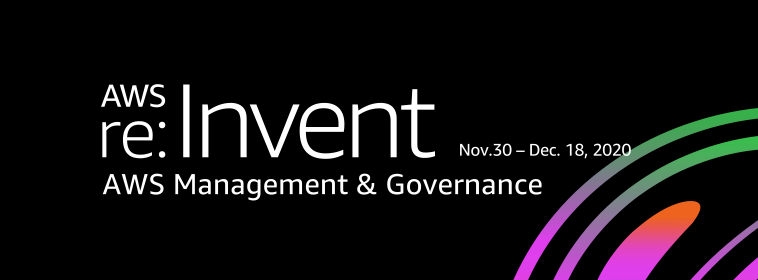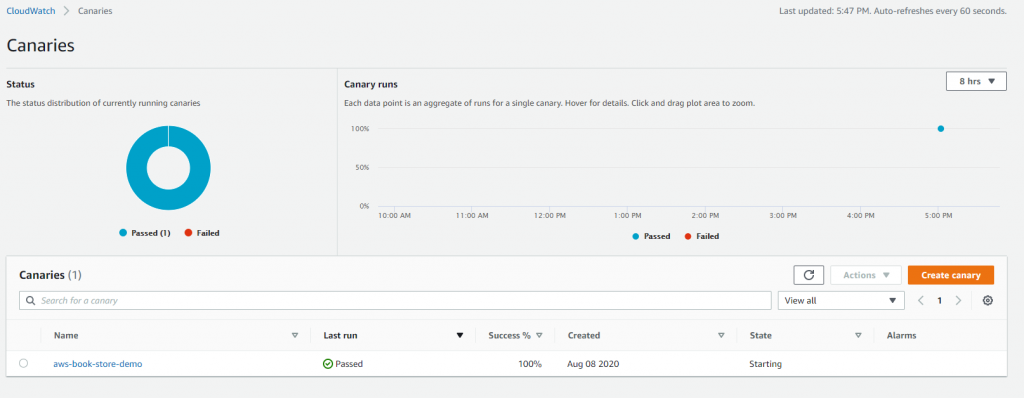AWS Cloud Operations Blog
Category: Security, Identity, & Compliance
Four ways to retrieve any AWS service property using AWS CloudFormation (Part 3 of 3)
This post is the last in a series on how to build customizations using AWS CloudFormation. In part 1, we introduced you to cfn-response and crhelper and discussed the scenarios they are best suited for. In part 2, we addressed a coverage gap in our public roadmap and showed you how to build an AWS […]
Four ways to retrieve any AWS service property using AWS CloudFormation (Part 2 of 3)
This post is the second in a series on how to build customizations using AWS CloudFormation. In part 1, we showed you how to develop customizations using cfn-response and crhelper and shared the scenarios they are best suited for. In this post, we’ll use AWS CloudFormation macros to address some of the coverage gaps identified […]
How to implement a read-only service control policy (SCP) for accounts in AWS Organizations
Customers who manage multiple AWS accounts in AWS Organizations can use service control policies (SCPs) to centrally manage permissions in their environment. SCPs can be applied to an organization unit (OU), account, or entire organization to restrict the maximum permissions that can be applied in the scoped AWS accounts. In this post, we are going to explore the use of SCPs to restrict an AWS account to read-only access.
DevSecOps for auto healing PCI DSS 3.2.1 violations in AWS using custom AWS Config conformance packs, AWS Systems Manager and AWS CodePipeline
If you migrate your workloads to the cloud to modernize your applications or secure infrastructure and operations, you’ll find these migrations are increasingly performed with a DevOps methodology that incorporates continuous development, integration, and testing. It is always a best practice to incorporate security as code in your DevOps workflows to uncover security issues when […]
Open sesame: Granting privileged access to EC2 instances with Session Manager
In this guest blog post, Herman Lee (Cloud Solution Architect, VP) and Nauman Noor (Managing Director) from the public cloud engineering team at State Street discuss their use of AWS Systems Manager Session Manager for privileged access management of Amazon EC2 instances. State Street Corporation is a financial services company responsible for the management, custody, […]
How to aggregate and visualize AWS Health events using AWS Organizations and Amazon Elasticsearch Service
September 8, 2021: Amazon Elasticsearch Service has been renamed to Amazon OpenSearch Service. See details. In this post, I show you how to aggregate AWS Health events centrally from all accounts in your organization using AWS Organizations, AWS Lambda, and AWS Health API, and then build automation to ingest and visualize the operations data using […]
AWS Management and Governance at Re:Invent 2020
AWS re:Invent is always an exciting time of the year to engage with our customers to learn, and share information about our services and features. Due to the current pandemic, re:Invent is pivoting to a free and virtual format presented across 3 weeks from November 30 to December 18 this year. Yes, you read that […]
View AWS Trusted Advisor recommendations at scale with AWS Organizations
Since 2014, AWS Trusted Advisor has been providing customers with visibility into an individual AWS account and providing recommendations based on known AWS best practices. Trusted Advisor makes recommendations to help customers achieve a better security posture, control their costs, optimize application performance, design better fault tolerance, and maintain control over their AWS service limits […]
Secure monitoring of user workflow experience using Amazon CloudWatch Synthetics and AWS Secrets Manager
Customers often need an easy way to monitor the URLs, API endpoints, and critical GUI workflows of their web applications in a secure fashion. Monitoring helps keep the service available by detecting performance bottlenecks and operational issues as soon as they arise. Customers also want to be alerted when availability and latency issues occur so […]
Mphasis rearchitects a legacy application to a serverless cloud-native architecture on AWS
Mphasis thrives on business agility and resilience. Its internal operations, especially the core development processes and supporting functions such as sales, client servicing, finance, and administration, are fueled by multiple in-house business applications. For a company to showcase its digital prowess, empower its workforce to innovate, and stay at the cutting edge of technology, these […]








